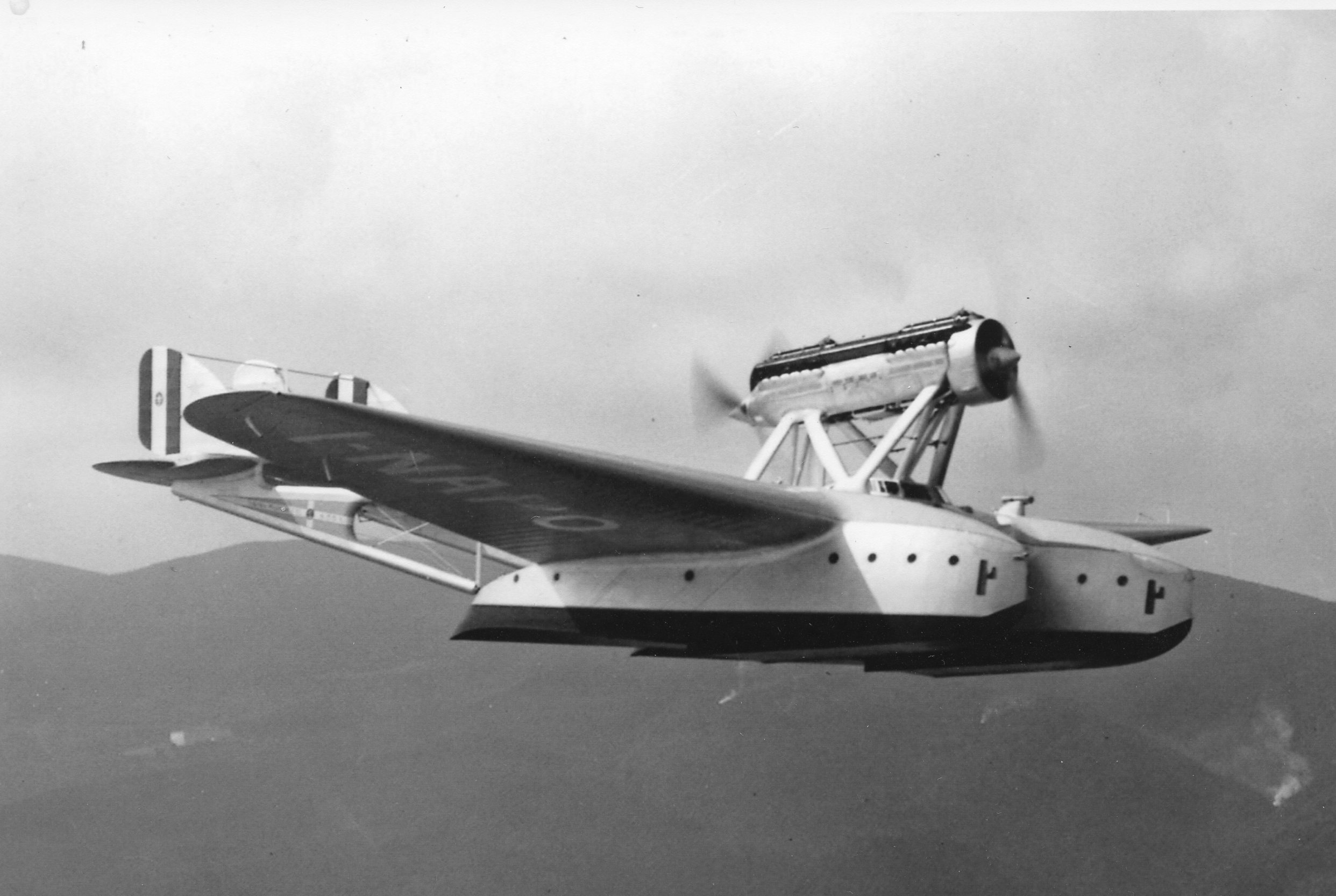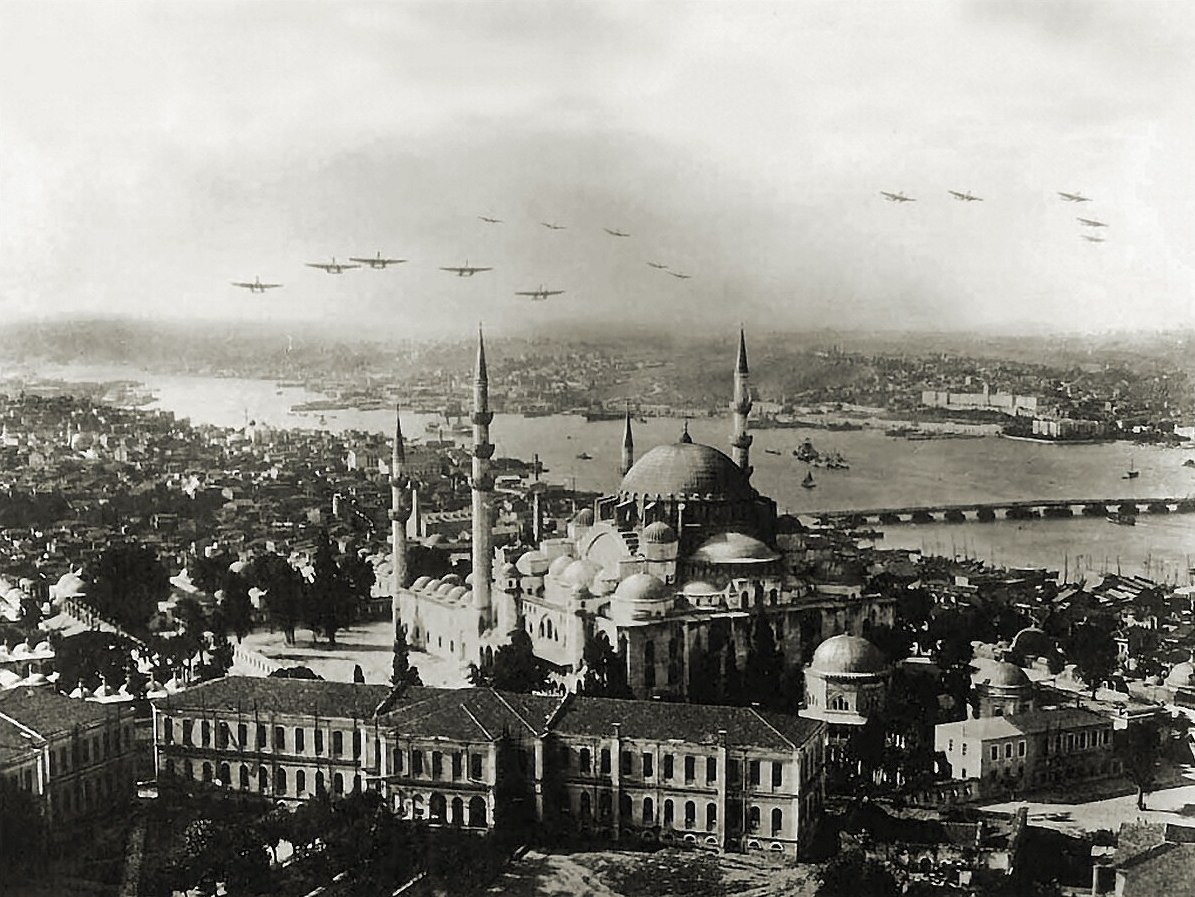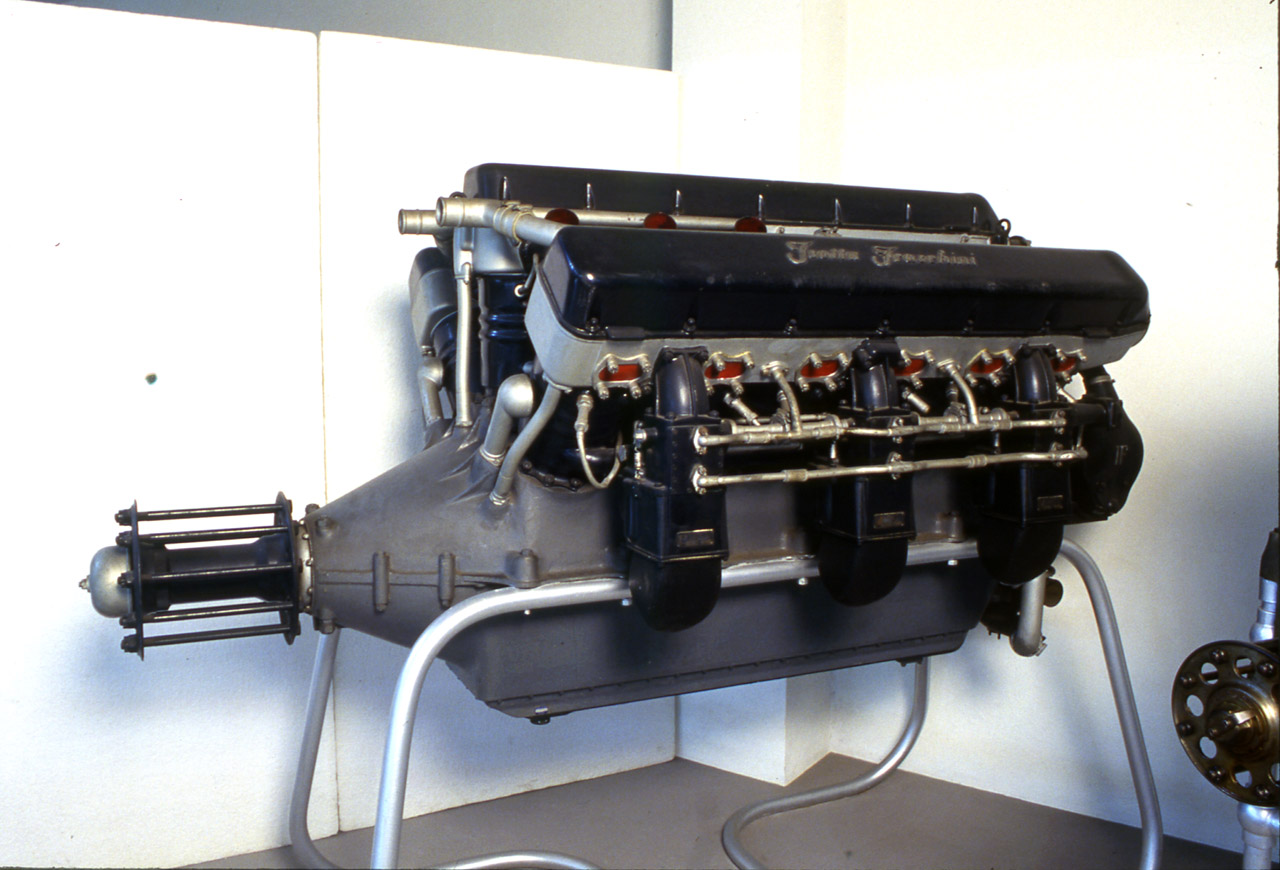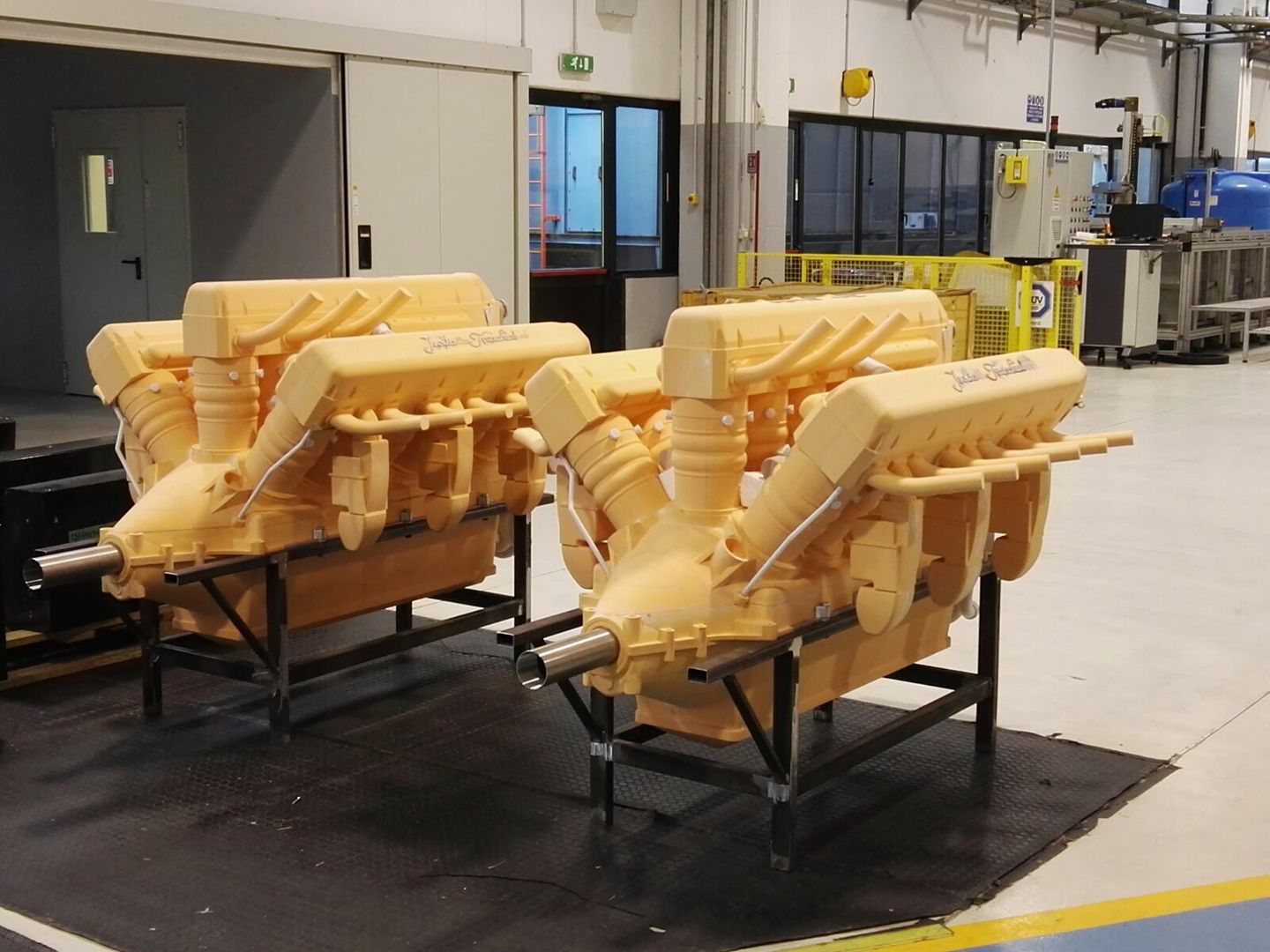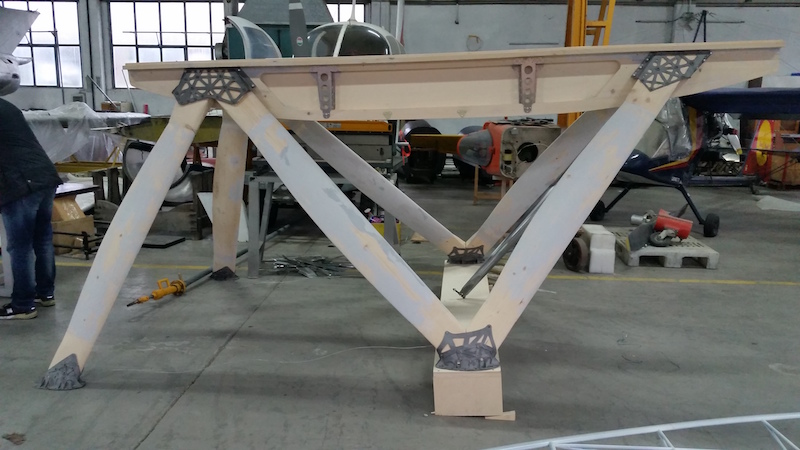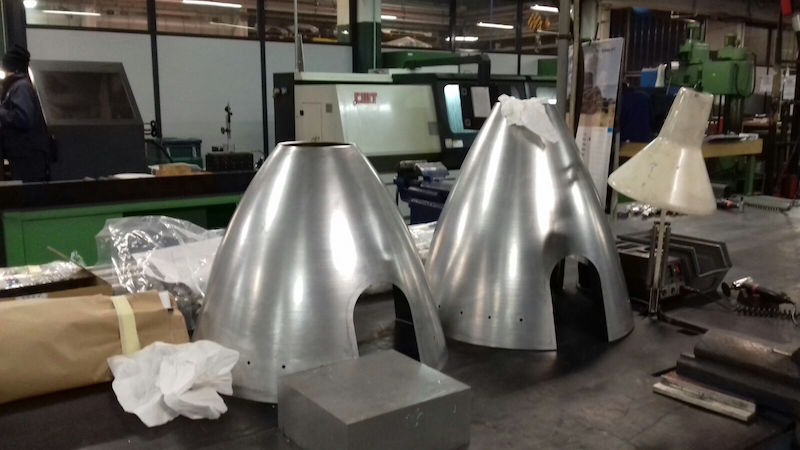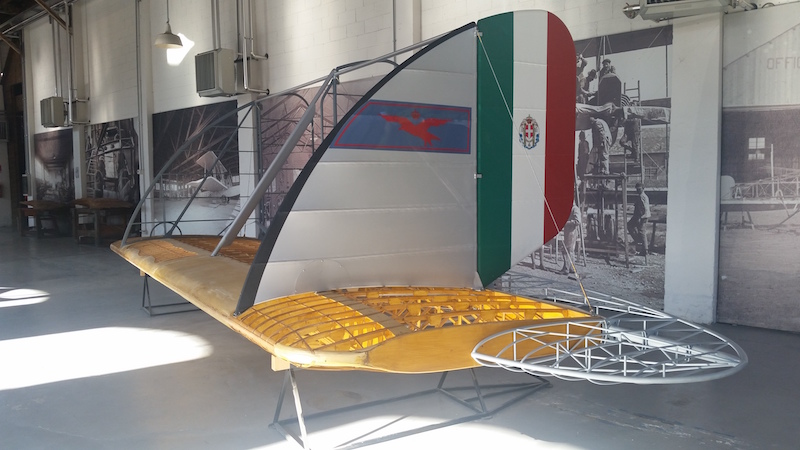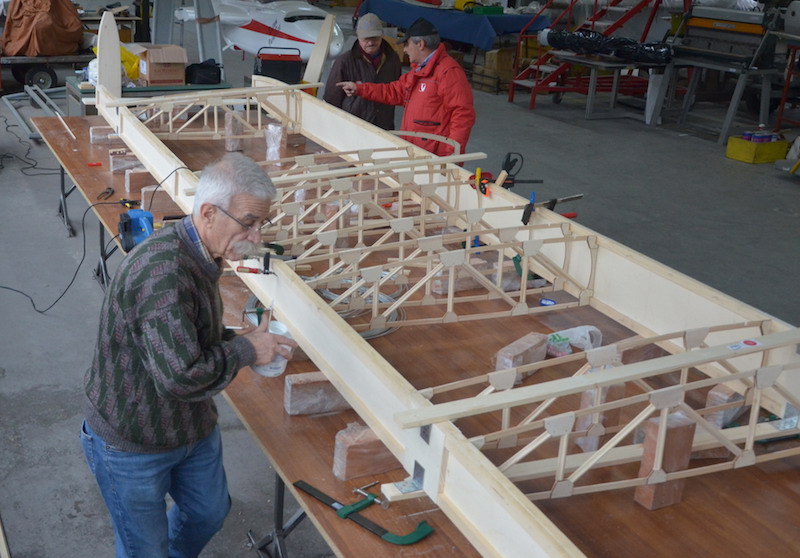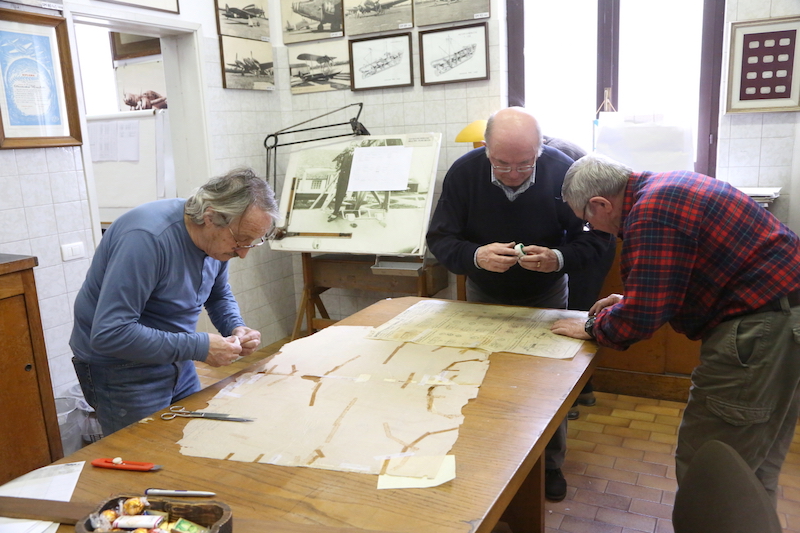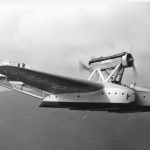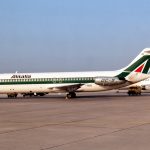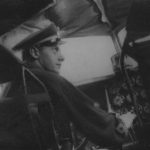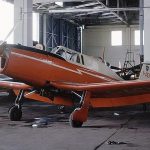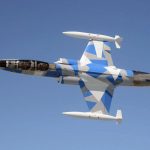Back in May 2016, WarbirdsNews published a story about an ambitious project in Italy to build a replica of a Savoia-Marchetti S.55, the famous twin-hulled flying boat which broke fourteen long distance, altitude and payload records during the 1920s. The S.55, as a type, was produced in large numbers for its day, with over 240 examples of all variants becoming operational. The restoration will focus on recreating the S.55X variant, which made headlines in 1933 when a squadron of the aircraft, under the command of the Italian Air Mashall, Italo Balbo, made a formation crossing of the Atlantic for a tour of the United States, culminating in a 24-ship ‘Balbo’ at the Century of Progress International Exposition in Chicago.
Sadly, only one complete S.55 still exists. This is Joao Ribeiro de Barros’s S.55 nicknamed Jahù, which crossed the Atlantic Ocean in 1927. It is currently part of the collection within the now-shuttered TAM Museum in Sao Paulo State, Brazil. With the museum’s closure, some years ago, it is uncertain what future lies ahead for Jahù, but she is in magnificent condition, so it is likely that the aircraft will eventually find a new home worthy of her inclusion.
Given that there is nothing substantive remaining of any S.55 in the nation of her birth, the Savoia Marchetti Historical Group decided to improve the situation. They are currently collaborating with several different like-minded groups to fulfill their ambitions. Although they initially hoped to build a fully airworthy example, the regulations in Italy would not permit a flying boat like this to fly from the nation’s lakes or coast, so they are instead building a static replica, faithful to the original design. Once finished, the replica S.55 will be placed on display at the Volandia Museum near Milan, Italy.
Over the past couple of years, the organizations involved in the project have been scouring the earth for original components of S.55s and also scanning the 900 or so technical drawings which still exist. Using these drawings, the restoration teams have produced several major components for the replica, including the complete empennage. WarbirdsNews received the following breakdown from the Savoia Marchetti Historical Group concerning which tasks have been accomplished so far, and what is in progress as well as the names of some of the people involved in the project.
Engines: The project team has located two Isotta Fraschini L.840 engines from an S.55P which crashed near Khabarosk in Siberia in 1935. Efforts are currently underway to negotiate with the Russian government for their release. Transporting them back to Italy by conventional means will likely be prohibitively expensive, but the restoration team is working with the possibility of having one of them flown back to Malpensa, Italy via a donated flight aboard a Leonardo Superjet. In the meantime, the Mr.Gabriele Caccia has 3D printed the components to assemble two replica engines in case the originals do not become available.
Engine Mounts: Mr. Villella will produce the forward mount, which is currently missing, and will correct the rear one, which is too narrow, as it was originally intended for the IF-500 engine.
Engine cowlings: The fabrication request to Aviotecnica has been formalised with the contribution of Mr.Norbiato.
Propellers: Mr.Luigi Merletti is about to complete the fabrication, also adapting the currently available hub. Mr. Marco Monti, owner of Aviometal, provided the necessary material for the fabrication.
Spinners and Engine Plates: The Barbieri workshop fabricated both, basing their work on the drawings produced by Mr.Banfi.
Hulls: Mr. Grillo has gathered the necessary information for the conversion of the wide body hulls in the drawings to those of the S.55 X variant, which are the ones we need. The restoration team is hoping to meet with Agostini Nauticaagain to so they can review the aforementioned information and decide on how to produce the hulls.
Tail Booms: Mr.Tagliarini and Mr.Grillo are proceeding with the fabrication.
Control panel: Mr.Mariani has produced a CAD drawing which Mr.Mastorgio will use to fabricate a new example. Mr.Longoni, an expert on the matter, has confirmed his availability to help on the project, although he made it clear that the instruments will have to be modern mock-ups, as the originals will be hard or impossible to find at a reasonable price, if they are even available.
Canopy: Mr.Bonomi will reproduce the parts using a water jet cutter, using drawings currently being made by Mr.Miana. The assembly job could be carried out by student of a local technical institute in Gallarate, near Milan. The necessary paperwork to work with the technical institute is being laid out by Mr.Galli.
Central Body Design: to be defined. It could be fabricated by Mr.Salina with a Catia V4 station, available at GLS thanks to Mr.Merletti.
Wings: The restoration team is coordinating efforts with the Italian Air Force which is involved with the static restoration of a Savoia-Marchetti S.79 tri-motor transport, the fuselage of which is currently in the Volandia Museum. According to a recent message from the restoration team, “The project, to be carried out by the IV and V Reparto SMA at Piacenza Air Base, is looking promising and the team is really motivated, despite not having adequate technical documentation. We have therefore provided a number of documents in SW format, as well as dimensional drawings and other manuals…. Our minimum objective is to obtain the Air Force’s commitment on the building of the S.55X wings, since they will have to undertake the same kind of job for the creation of the S.79 in Vigna di Valle…. We will also need to ensure that the replica is transportable, which means the various components must be contained within the following dimensions: Standard transport: Width 2.5mt (8.2ft) – Height 2.7mt (8.7ft) – Length 13.8mt (45.3ft) “Permanent” transport: Width 3.5mt (11.8ft) – Height 3.8 (12.5ft) – Length 13.8mt (45.3ft)”
WarbirdsNews received the following message from the restoration team at Volandia, “The first components are currently displayed in the “Officina Caproni” area, they will need adequate signage and a screen with video support to highlight the “work in progress”, giving visitors a better idea of what is going on, what has been created so far and what will come in the next months/years. This display is to be considered temporary, since the area is dedicated to the history of Caproni. It has been suggested to use the former “S.79 hangar” once the addition of the tail booms will dictate a need for more room. We would like to remind the idea of registering the Non-Profit Organisation “Savoia Marchetti Historical Group”, even if the financial management and the property of the S.55X project is with GLS SIAI, which together with the Volandia association could formally communicate with the Italian Air Force and Leonardo. … On today’s meeting [in January Ed.] we have had the most welcome visit of Mr.Lorenzo Tucci, grandson of the Atlantic Giuseppe Teucci (Captain at the time, then General), who was the captain of the S.55X I-TEUC, red squadron leader. We hope he will keep on following and supporting us with the same passion!”







